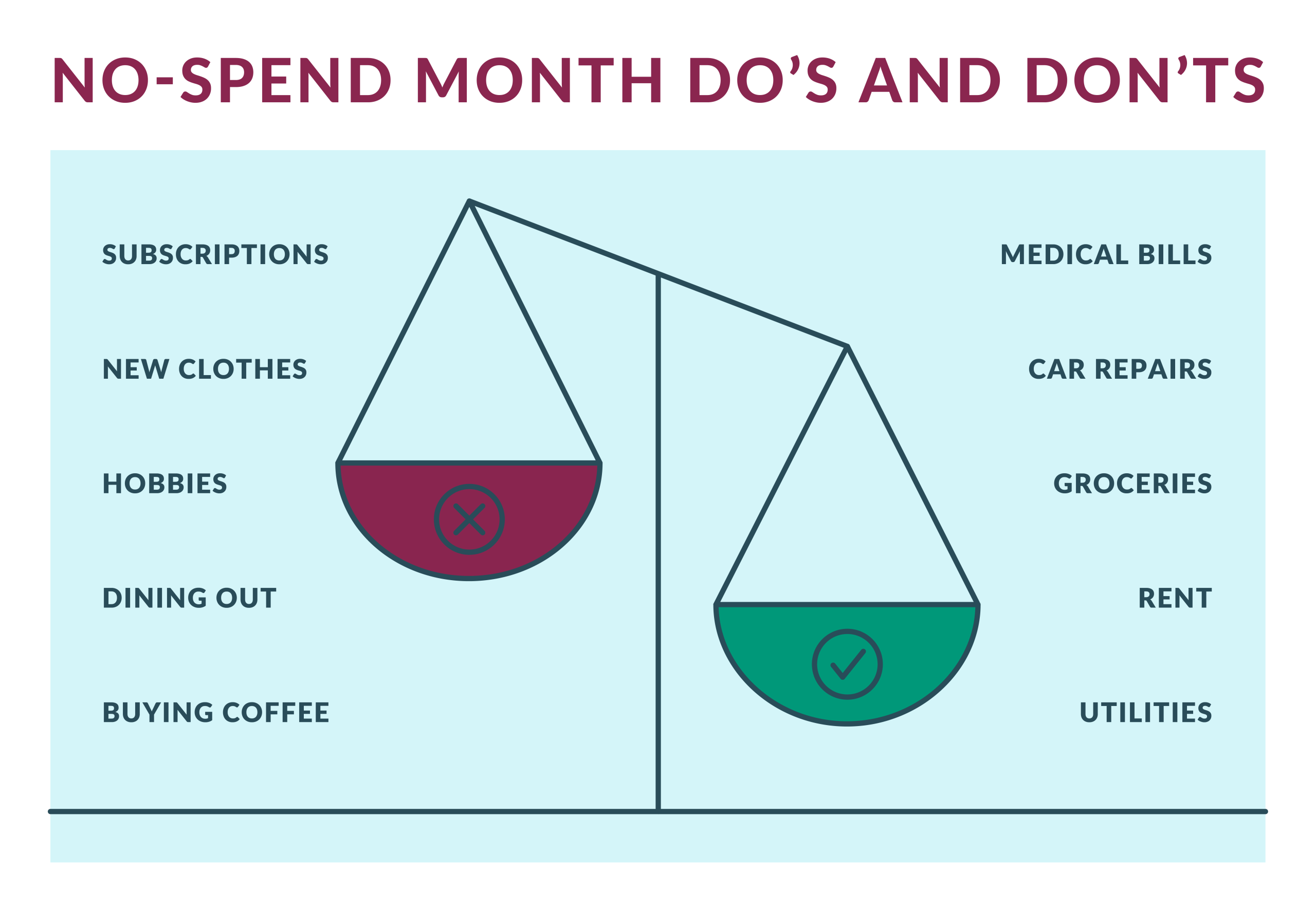Anúncios
Life is full of surprises. Unexpected bills, job loss, or even a simple flat tire can throw your finances off balance. That’s where the emergency fund, also known as a rainy day fund, comes into play.
In this article, we will explore the concept of the rainy day fund, understand its importance, and help you create one tailored just for you.
What is a rainy day fund?
An rainy day fund is a reserve of money for unexpected but anticipated expenses, such as car repairs, routine medical bills, or home maintenance.
It’s different from an emergency fund, which is reserved for expensive and unforeseeable events.
You should have anywhere from $500 to $5,000 in your rainy day fund, depending on your circumstances.
You can save for a rainy day fund by automating transfers from your checking account to a high-yield savings account.
The advantage is that if you have a rainy day fund, you won’t need to use a credit card or take out loans to cover unexpected expenses.
Additionally, knowing that you have money saved for emergencies can give you more peace of mind in your daily life. Saving for a rainy day fund can also help you achieve other financial goals, such as buying a house or retiring.
If you don’t already have one, it’s time to start saving. Even if it’s a small amount, any money saved is always welcome. You can start by automating transfers from your checking account to another savings account.
What expenses should it cover?
An emergency fund should cover unexpected and costly expenses, such as:
- Job loss.
- Unexpected medical expenses.
- Divorce costs.
- Major car repairs.
- Major home repairs.
- Essential, unforeseen travel.
So, in an unexpected situation, you’ll have the money you need for a better quality of life with fewer worries.
Why create a rainy day fund?
Creating a rainy day fund is important for several reasons: Having a financial reserve provides a sense of security and stability.
Knowing that you have money saved for emergencies reduces the stress and anxiety related to financial surprises.
A rainy day fund can prevent you from having to resort to loans or using credit cards in crisis situations. Emergencies, such as unexpected medical expenses, urgent home or car repairs, or even job loss, can happen at any time.
Therefore, the rainy day fund allows you to deal with these unforeseen events without compromising your monthly budget.
With a fund, you have the freedom to make important decisions without financial pressure. If a better job opportunity arises but initially involves costs, you can consider this change more confidently.
Maintaining a fund helps keep your long-term financial goals on track. Without it, you may be forced to divert resources intended for investments in other goals to cover emergencies.
In times of economic instability, such as recessions or pandemics, having a rainy day fund can be crucial to maintaining your financial stability and that of your family.
Thus, creating and maintaining a fund is a healthy financial practice that provides security, prevents indebtedness, and offers flexibility to deal with unforeseen situations, helping to ensure your long-term financial stability.
What’s the difference between an emergency fund and a rainy day fund?
A rainy day fund is a dedicated reserve of money to cover unexpected expenses. It’s like a financial cushion that can be used to cover random bills or unforeseen increases in the cost of living so that you can avoid financial setbacks.
The idea is to have enough money saved to avoid using credit cards or taking out high-interest loans to pay for financial surprises.
An emergency fund is larger and designed to cover life’s storms – so you’ll be protected during ongoing financial challenges, such as job loss. Industry experts recommend saving three to six months’ worth of living expenses.
Some even recommend saving up to a year’s worth of expenses.
In other words, while the rainy day fund is for covering smaller and unforeseen expenses, the emergency fund is to keep the house in order during a period of financial instability.
Know where to keep your fund
Keeping your rainy day fund is as important as creating it. Choosing the right place to store this financial reserve should consider factors such as security, accessibility, and profitability.
A recommended option is a savings account, due to the ease of access to money in case of emergencies, and low profitability, although it is a safe option.
Digital payment accounts are also a good alternative, offering security, accessibility through instant transfers, and, in some cases, higher yields than traditional savings.
Certificates of Deposit (CDs) with daily liquidity are also a viable choice, providing security as they are insured by the FDIC, accessibility with withdrawals at any time, and usually better returns than savings.
Low-risk investment funds can also be considered, depending on the type of fund, offering a relatively safe option with variable liquidity and the potential for higher returns than savings, although with some additional risk.
It’s important to diversify among different financial instruments to balance security and profitability, avoiding putting the entire rainy day fund into a single option.
Make sure that part of the fund is in an easily and quickly accessible investment for immediate emergencies and be aware of management fees or transaction costs that may reduce the fund’s profitability.
When choosing where to keep your rainy day fund, prioritize safety and liquidity, keeping some options for immediate access and another part in investments that may offer better returns, but still with low risk.
Understand how much to save in this fund
Determining how much to save in your rainy day fund is a crucial step to ensure your financial security.
The recommended amount may vary depending on personal factors, but there are some general guidelines that can help. A common practice is to save between $500 and $3,000.
Some people may need a larger fund, especially if they work in volatile sectors or have dependents.
In addition to considering your monthly expenses, take into account your financial commitments and the stability of your job. Periodically reassessing your rainy day fund is also important.
As your financial situation and expenses change, adjust the amount saved to reflect your new reality.
Liked the tips? Put them into practice and have more financial security! Find more information on our page.






